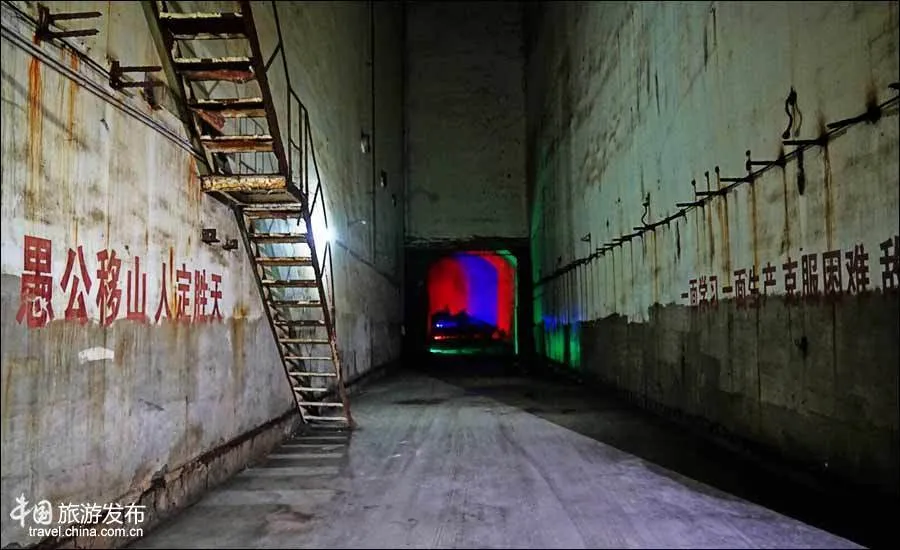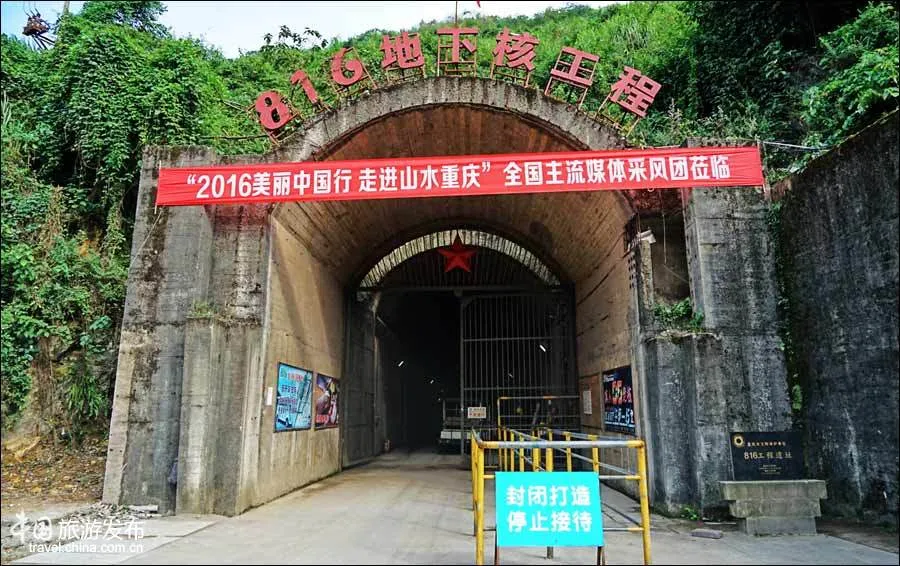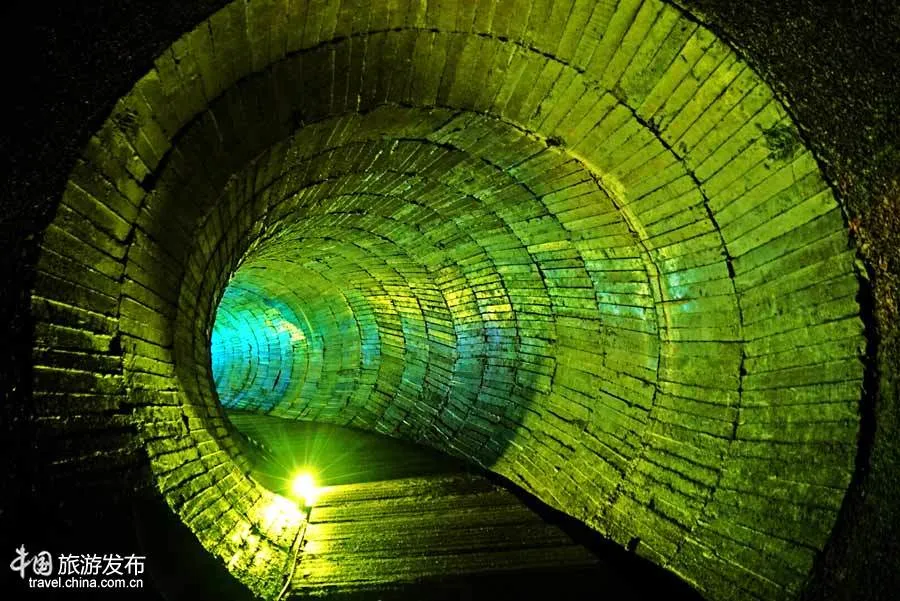Tour the World’s Biggest Manmade Cave in China
The 816 Nuclear Plant stands as a reminder of a paranoid past
Once upon a Cold War, China hedged its bets against the Soviet Union’s growing dominance by building nuclear plans of its own. Paranoid and put-upon, Mao Zedong's Communist government poured money and lives into constructing a secret nuclear plant designed to help China defend itself. The never-finished plant was off-limits to the public for years after being decommissioned. But now, anyone can tour it: As Talia Avakian reports for Travel + Leisure, the world’s largest manmade cave is now open to the public.
It’s called the 816 Nuclear Plant, located in Chongqing municipality in southwestern China. The plant was kept secret when the project began 1966 until construction on the gigantic underground structure was abandoned in 1984, and China shifted priority to focus on economic growth instead of national defense.
As Han Fudong reports for News China, the plant’s history is as long and tortuous as its seemingly endless tunnels. The project claimed at least 70 lives over the years as some 60,000 soldiers dug it out from beneath Jianzi Mountain. The project was seen as critical to national defense, writes Fudong, and was shrouded in secrecy. Engineers dug up 53 million cubic feet of dirt from the mountain with the goal of relocating the first nuclear reactor in China there.
Of course, they never finished their work. After 18 years, writes the UPI, workers had managed to eke out a 13-mile-long facility stuffed with bridges, roads and manmade caves, including one as high as a 20-story building. The reactor was supposed to be able to withstand a gigantic nuclear explosion and, according to officials, survive a magnitude-8 earthquake. To ensure the plant's super-secret mission, Fudong notes, Baitao Township, where the mountain was located, had its population resettled elsewhere and the area was wiped off of all maps.
Now, the world’s largest underground cave is back on the radar of tourists and open to foreign visitors for the first time. More than 12 miles of caves, including the cavernous nuclear reactor hall, are open to visitors, and areas once closed to tours are open, too.
It’s part of a growing trend toward opening the world’s nuclear remnants to tourists, as with a Cold War missile site in Wyoming that will soon be open for business.
With the era of Cold War nuclear escalation in the rear view mirror, sites like the 816 Nuclear Plant are a fascinating window into the past but also a grim reminder that paranoia has a costly price.
/https://tf-cmsv2-smithsonianmag-media.s3.amazonaws.com/accounts/headshot/erin.png)



/https://tf-cmsv2-smithsonianmag-media.s3.amazonaws.com/accounts/headshot/erin.png)